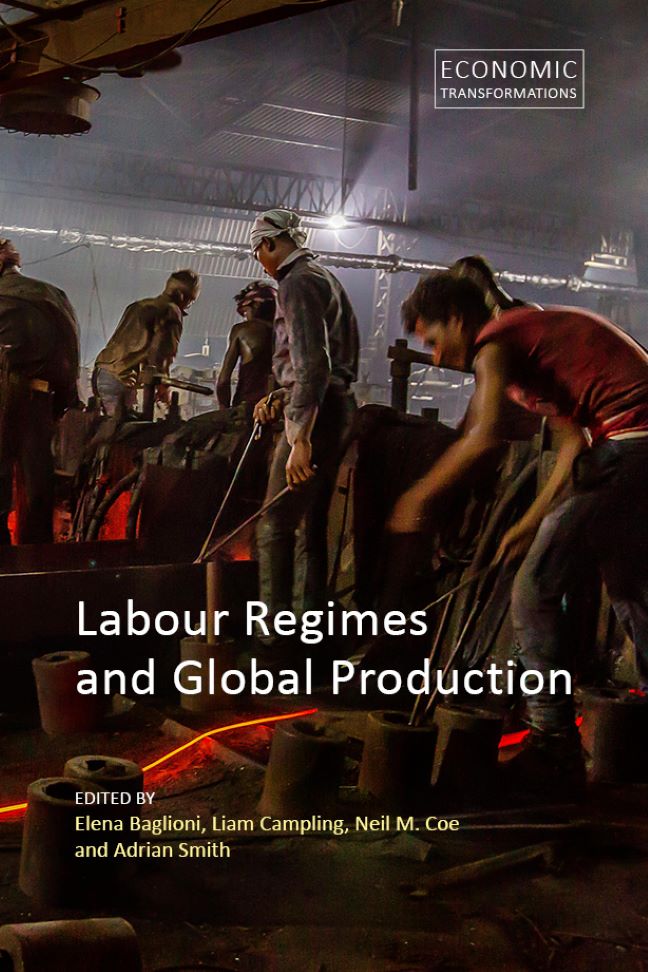7 - Labour Regimes and Embodied Labour
Published online by Cambridge University Press: 20 January 2024
Summary
Introduction
Despite the remarkable empirical richness and rigour of labour regime analysis, the concept itself has remained somewhat nebulous, making it hard to grasp outside the specific context within which it is deployed. This lack of conceptual clarity is visible in the ways in which the notion of labour regime is often used interchangeably with other concepts such as local labour control regime, labour control and labour process. Conceptual difficulties are also evidenced by the tendency to mobilize multiple labour regimes to account for a specific labour process. Although most analyses proceed without a clear definition of the concept, it seems fair to say that a majority of scholars implicitly adopt a general approach defining labour regime as “the assemblage of elements that set the conditions under which people work” (Murray Li 2017: 247). But what are those elements? How should we assemble them? And how do they set the conditions under which people work?
By labour regime I understand a relatively stable set of norms, rules and practices regulating the corporeal utilization, mobilization, motivation and reproduction of labour (Taylor & Rioux 2018: 29– 46). To the extent that a labour regime encompasses these spheres, it is defined by distinct yet interrelated and overlapping forms of labour control: (a) the utilization of labour power and the attendant politics of production; (b) the mobilization of labour power and the associated politics of circulation; (c) the motivation of labour and the politics of representation; and (d) the reproduction of labour power and the related politics of social reproduction. Labour control permeates a labour regime according to its specific manifestation at different moments of the circuit of capital. To talk about labour control is, therefore, to talk about specific locus and logics of power within a wider, more encompassing concept of labour regime. Given that control is inherent to any labour regime, I consider the notion of “labour control regime” and its variants as a pleonasm. I will therefore use the term “labour regime” to avoid the tautology.
As I go on to argue, the issue of labour control highlights the embodied nature of labour regimes. Labour regimes are corporeal regimes characterized by the ways in which labouring bodies are utilized or not, mobilized or not, motivated or not, and reproduced or not.
- Type
- Chapter
- Information
- Labour Regimes and Global Production , pp. 121 - 136Publisher: Agenda PublishingPrint publication year: 2022



